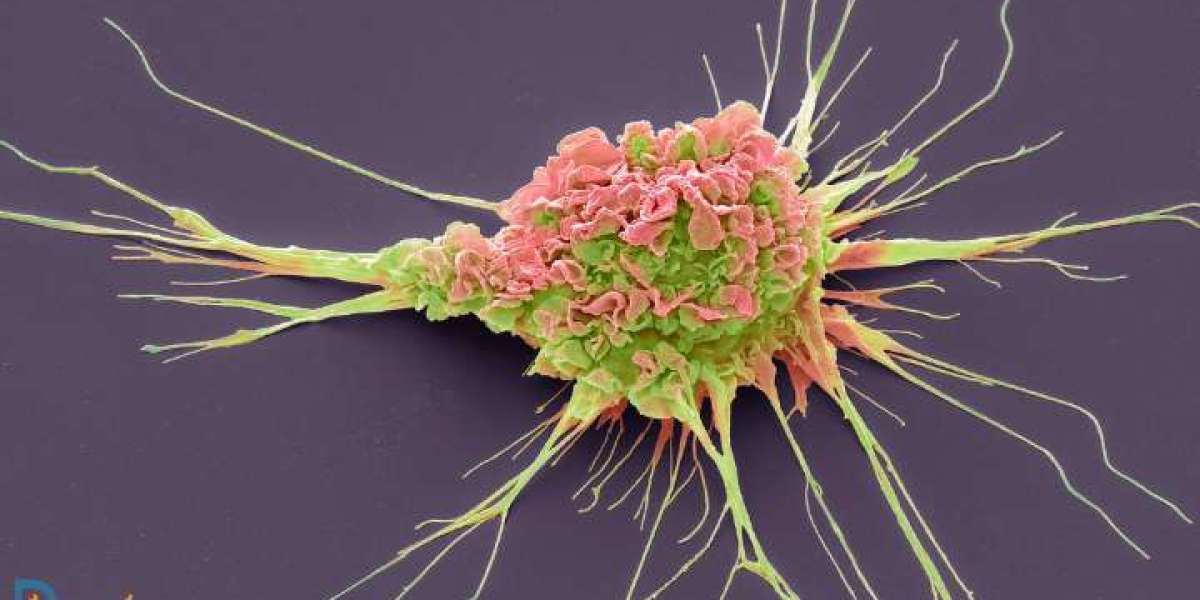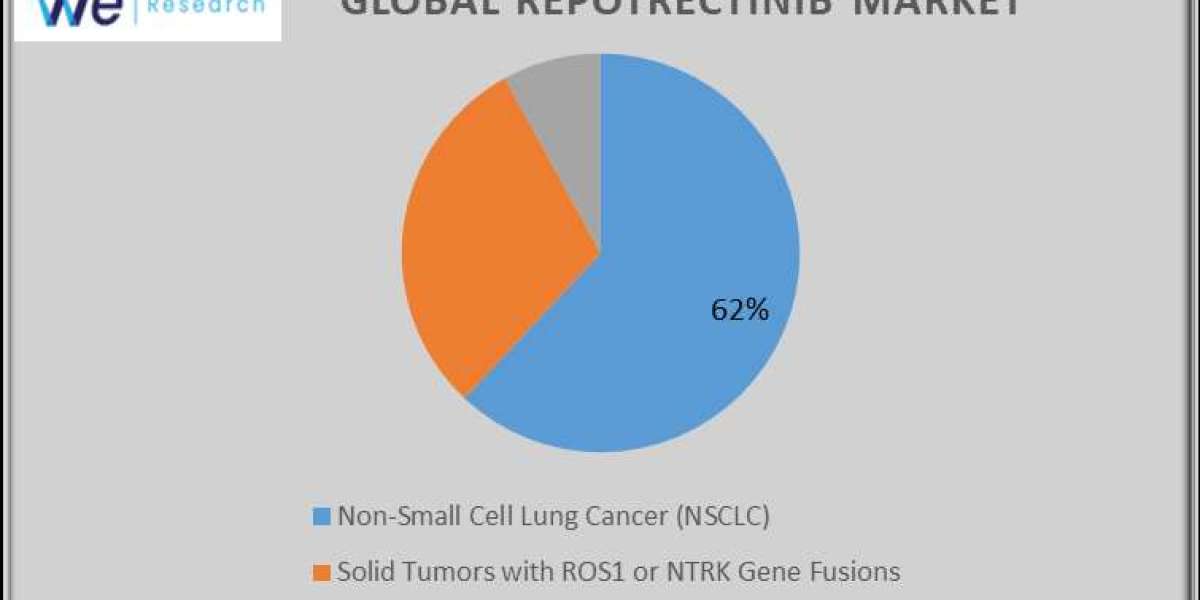New Drug Classes for NASH Treatment
The treatment landscape for NASH has traditionally been limited, with lifestyle changes such as weight loss being the primary therapeutic approach. However, as the understanding of the disease has improved, so has the development of targeted therapies. The current NASH treatment market is seeing the emergence of several novel drug classes that could significantly alter the management of NASH in the coming years.
Acetyl-CoA Carboxylase (ACC) Inhibitors: One of the most promising classes of drugs for the treatment of NASH are ACC inhibitors. These drugs aim to reduce lipid accumulation in the liver, a key factor in the development of NASH. By inhibiting ACC, which plays a crucial role in fatty acid synthesis, these inhibitors could help reduce liver fat and inflammation. Drugs such as PF-05221304 are currently in clinical trials and could potentially offer a significant breakthrough in NASH treatment.
Peroxisome Proliferator-Activated Receptor (PPAR) Agonists: PPAR agonists, including Elafibranor, are another class of drugs under investigation for NASH. These compounds help regulate lipid metabolism, inflammation, and fibrosis, which are key processes involved in NASH progression. Clinical trials have shown promising results, and PPAR agonists are anticipated to become a mainstay in the treatment of NASH.
FXR Agonists: Farnesoid X receptor (FXR) agonists are also gaining attention in the NASH pipeline. FXR regulates bile acid synthesis and lipid metabolism, making it a target for treating NASH. Drugs like Obeticholic acid are already in advanced clinical stages and have shown positive results in reducing liver inflammation and fibrosis.
SGLT2 Inhibitors: Although primarily used for diabetes, SGLT2 inhibitors are being explored for their potential to treat NASH, especially in patients with coexisting metabolic conditions. These drugs help reduce blood glucose levels and have been found to improve liver fat content in NASH patients.
Conclusion
The NASH treatment market is on the brink of significant transformation, driven by the development of innovative drug classes that target the underlying mechanisms of the disease. With multiple promising candidates in the NASH pipeline, patients and healthcare providers can expect new treatment options that go beyond lifestyle modifications. As research continues, these therapies could change the way NASH is managed, offering hope for better outcomes and ultimately, improved quality of life for patients.
Latest Reports
Lamellar Icthyosis Market | Late-stage Chronic Kidney Disease Market | Lateral Epicondylitis Disease Market | Metabolic Acidosis Market | Moderate Psoriasis Market | Morquio Syndrome Market | Multiple Myeloma Market | Muscle Spasticity Market | Nephropathic Cystinosis Market | Neuroblastoma Market | Neuromyelitis Optica Market | Neuromyelitis Optica Spectrum Disorder Nmosd Market | Neuroprosthetics Market | Oropharyngeal Cancer Market | Pars Planitis Market | Pars Plantis Market | Patient Monitoring Devices Market | Persistent Corneal Epithelial Defects Market | Progressive Supranuclear Palsy Market | Pyelonephritis Market | Ranibizumab Biosimilar Insights | Recurrent Herpes Labialis Market | Richter Syndrome Market | Scleritis Market | Shoulder Replacement Devices Market | Spinal Stenosis Market | Thymic Carcinoma Market | Thymus Cancer Market | Tonsillitis Market







